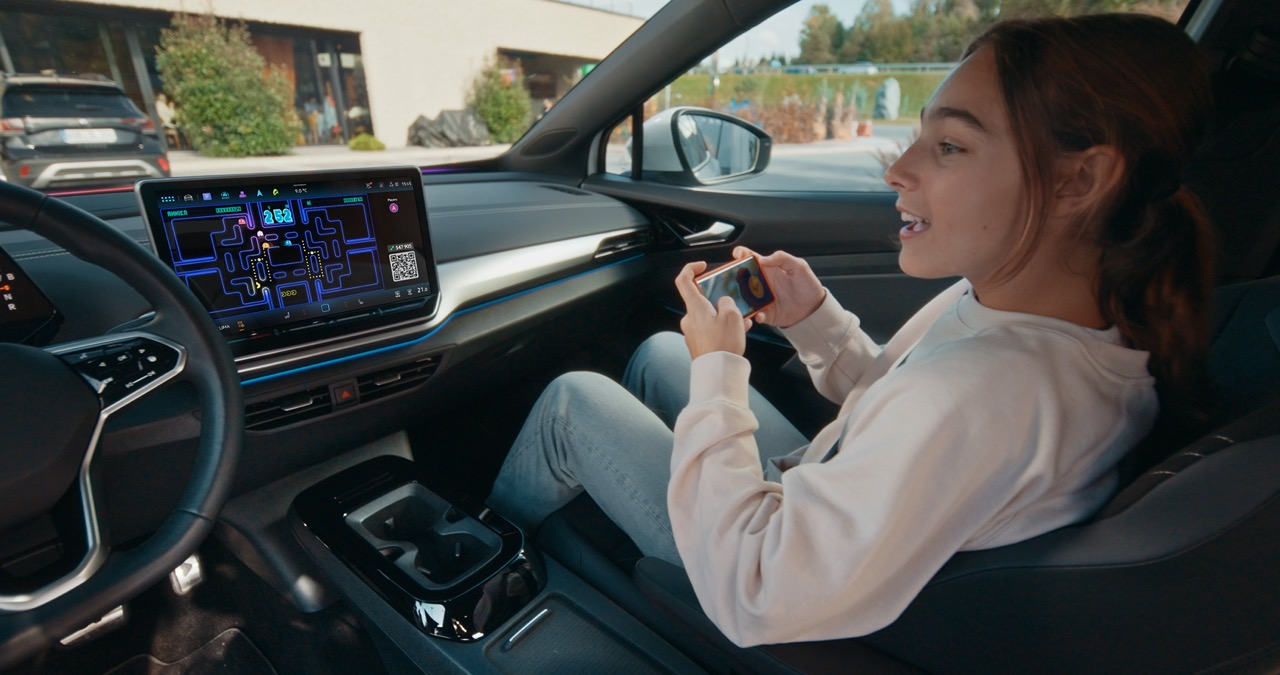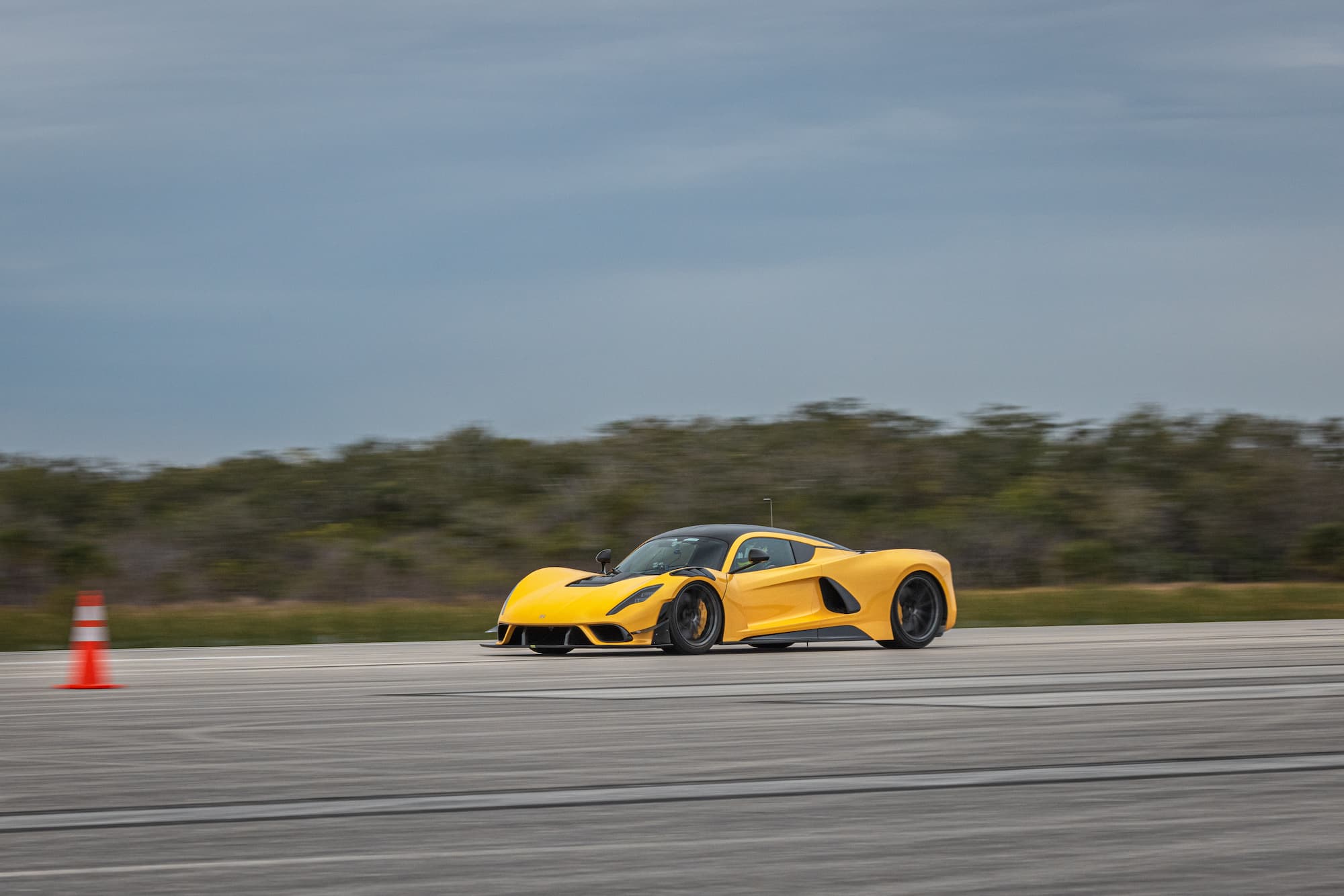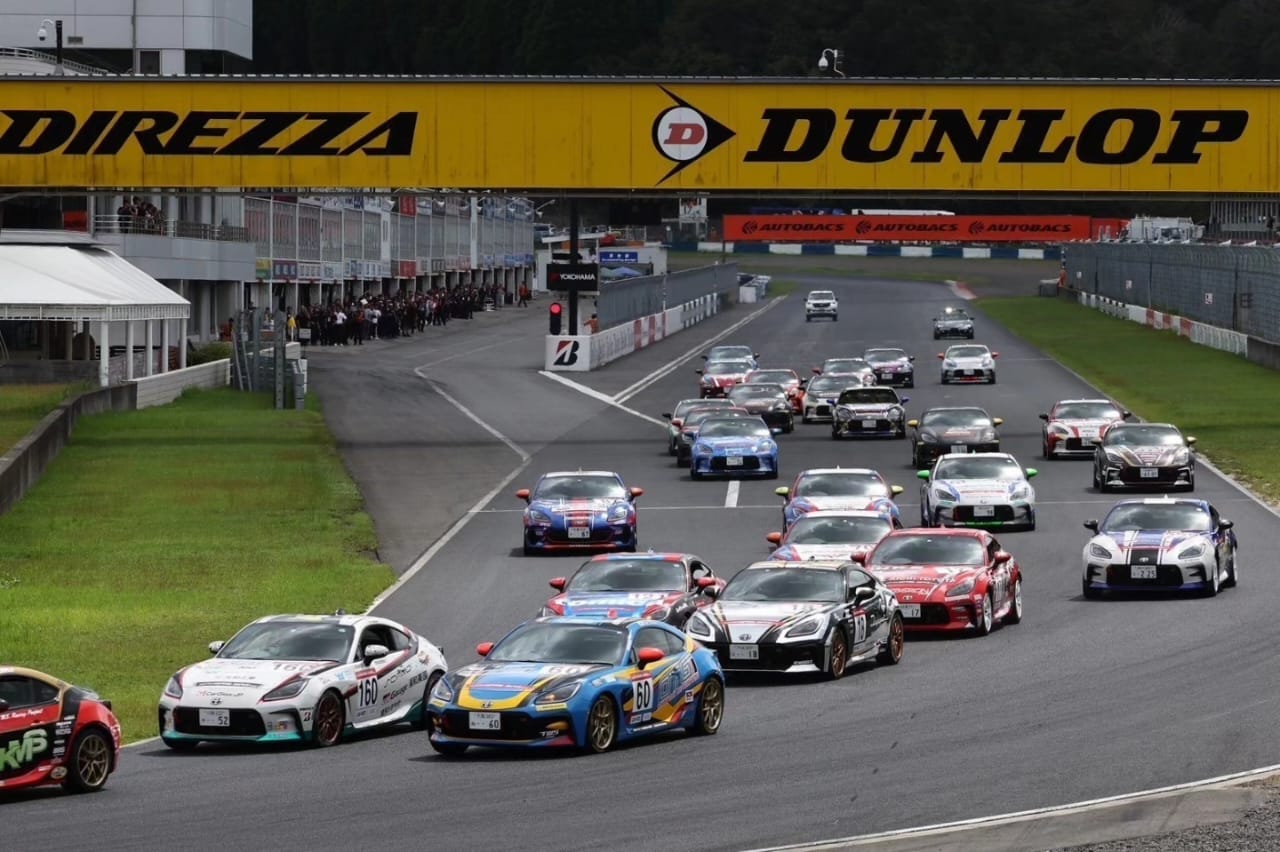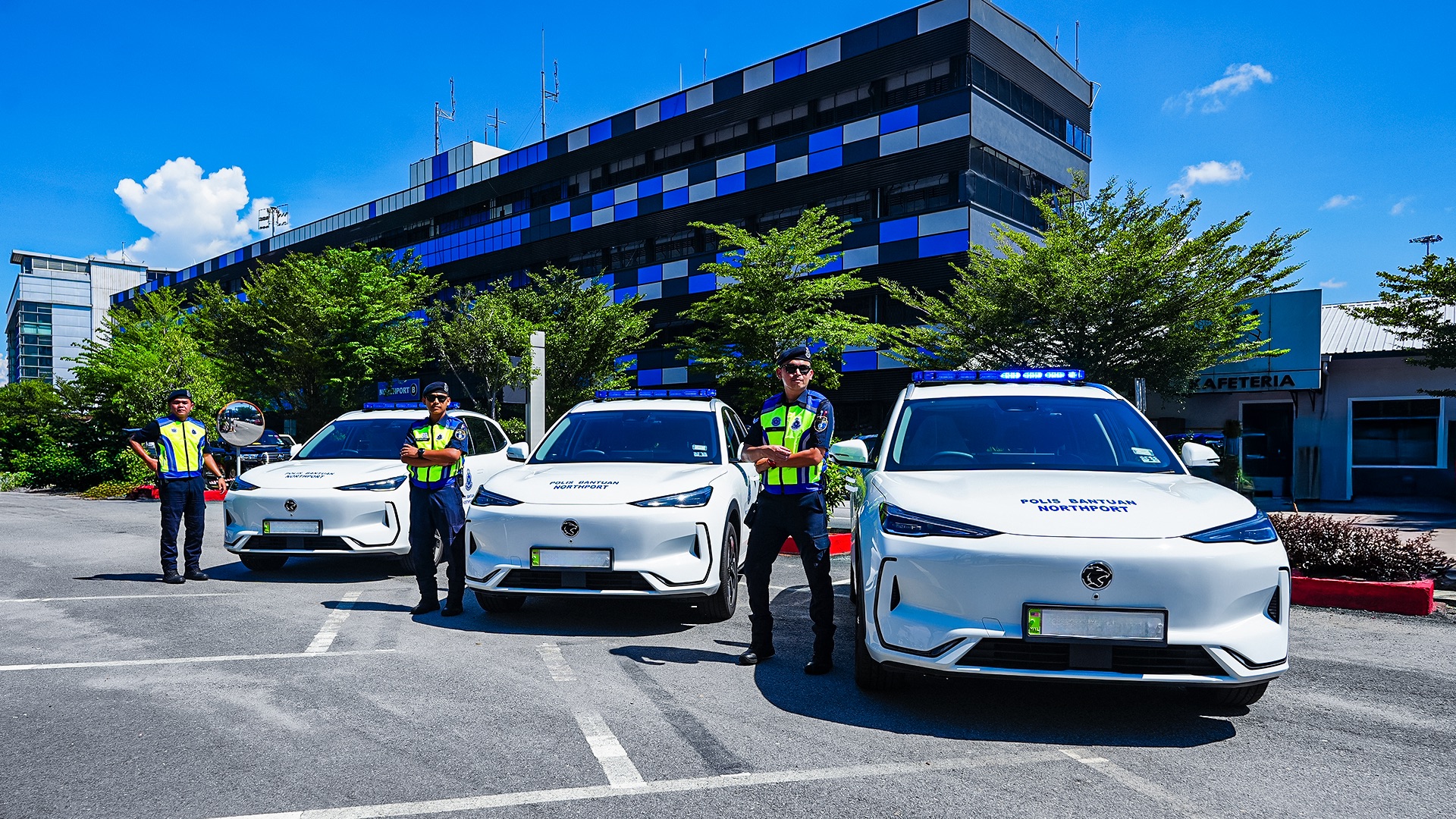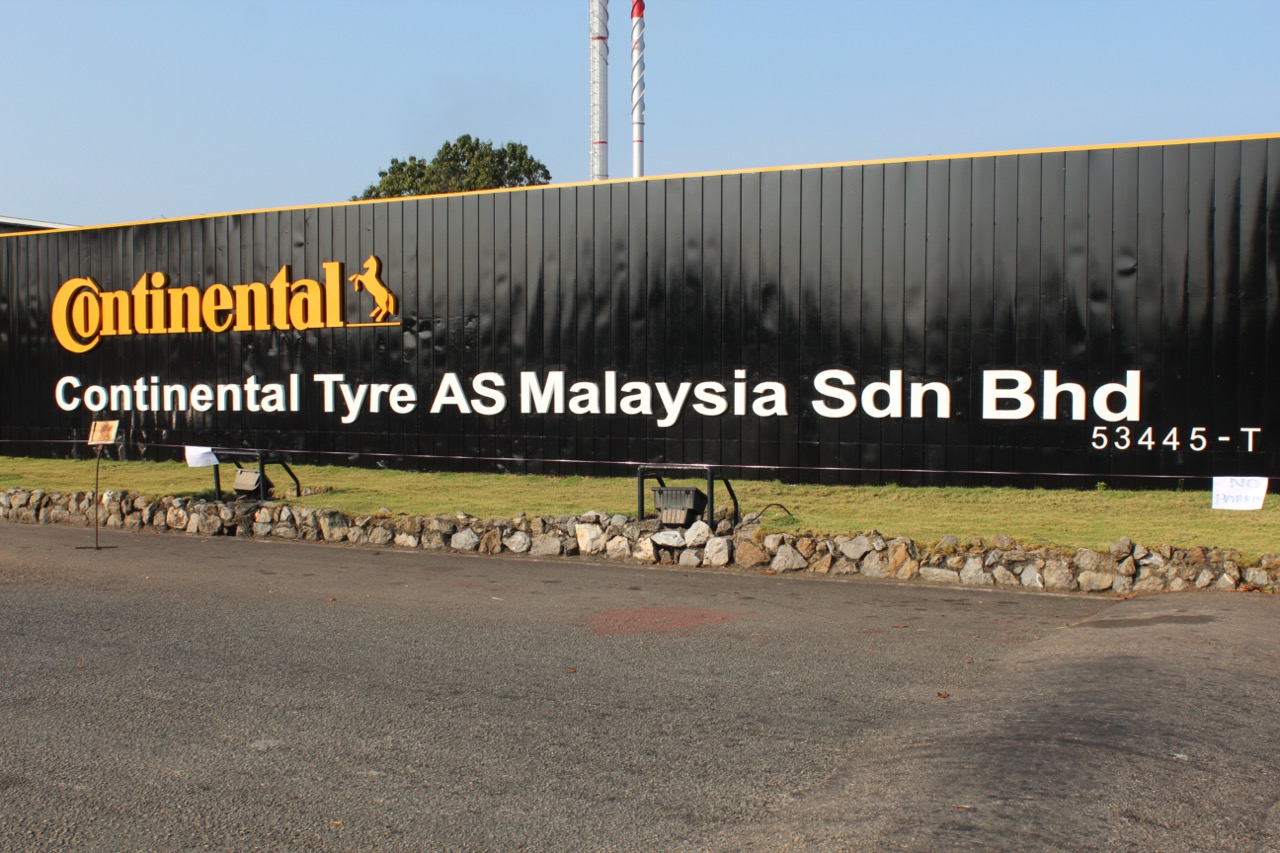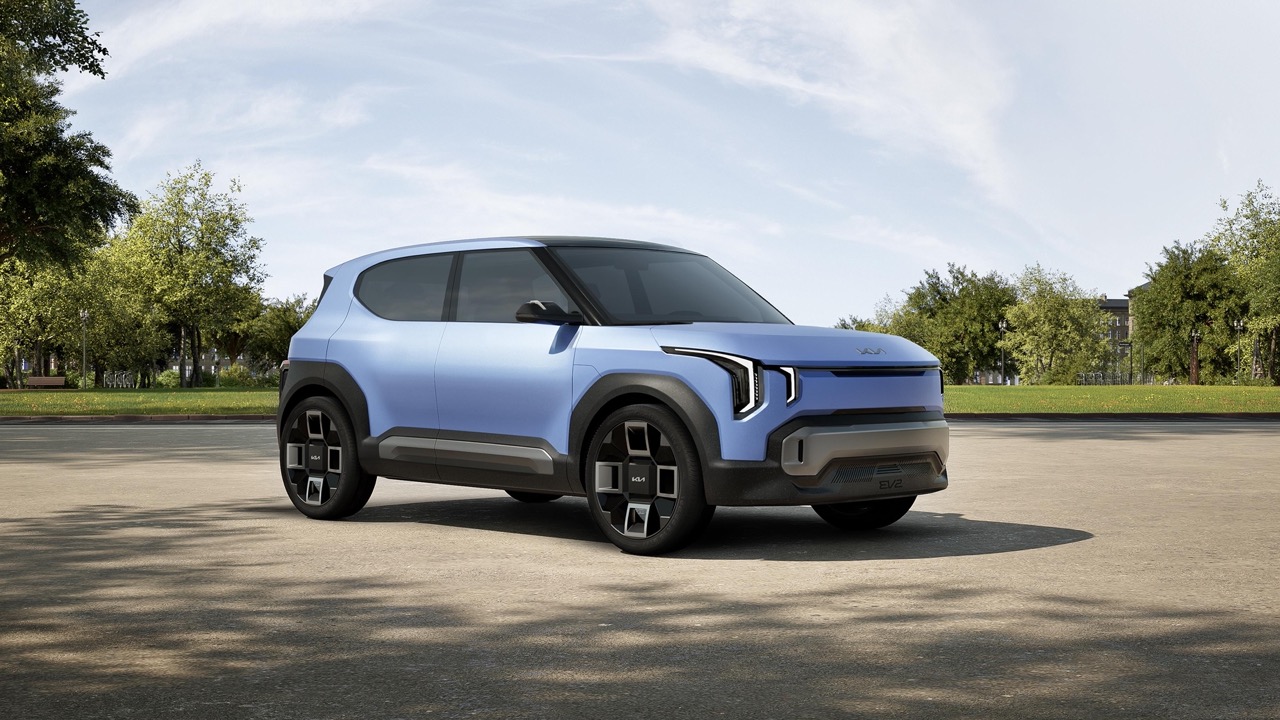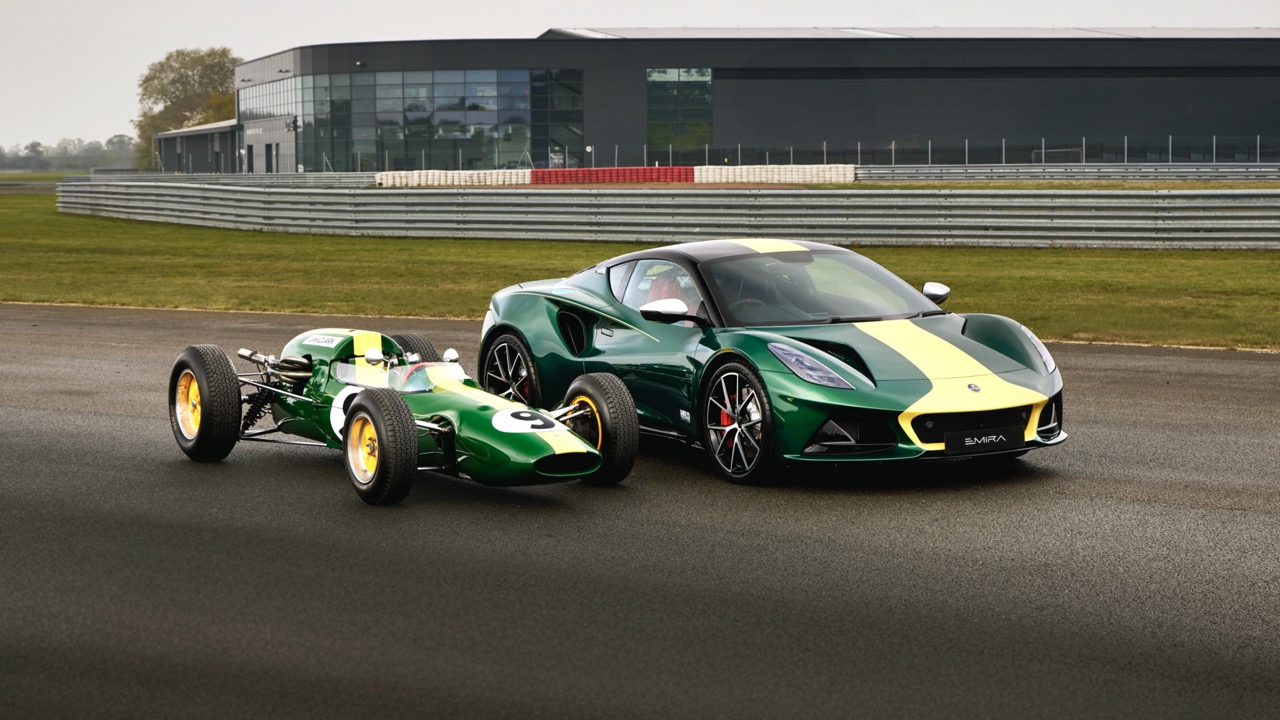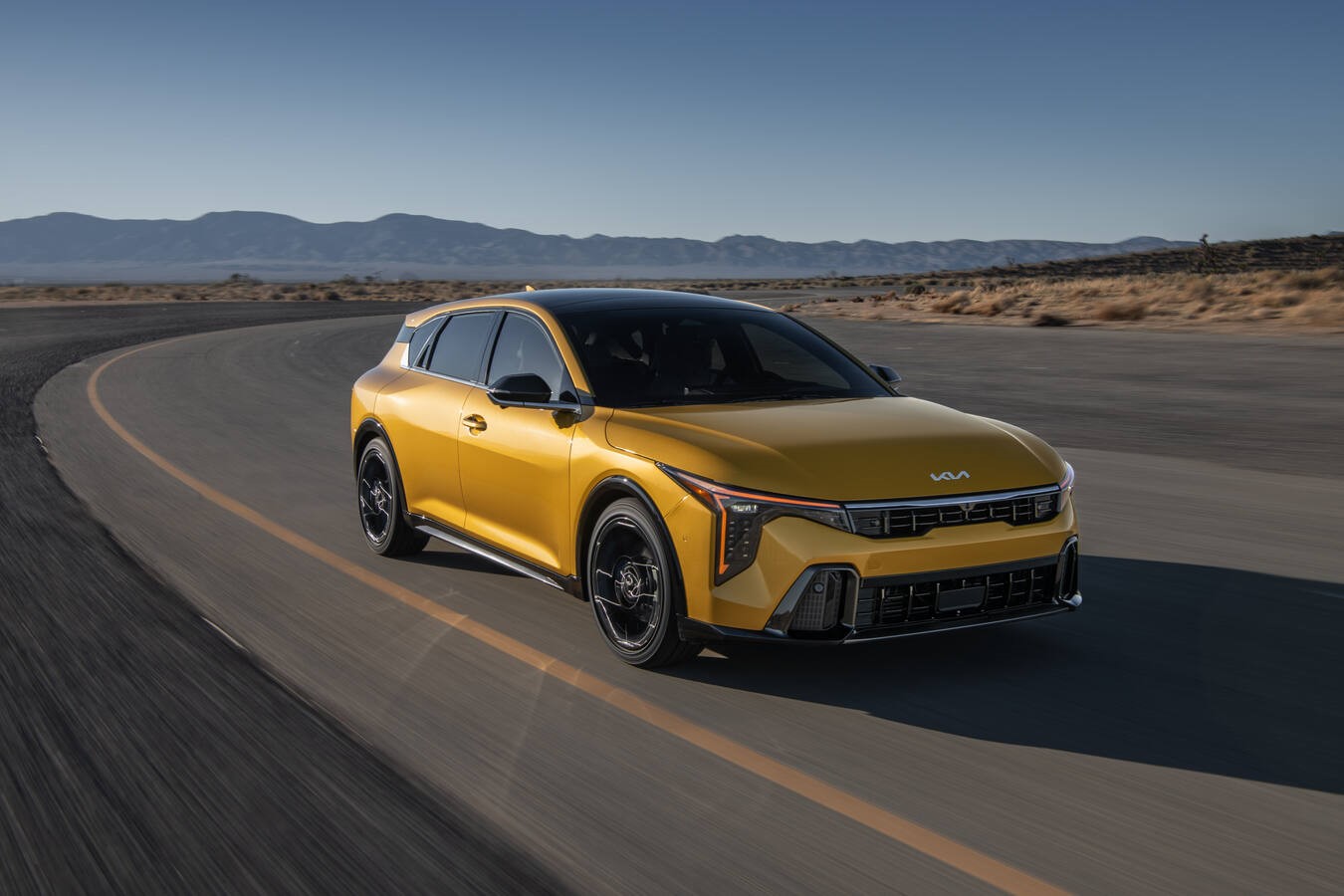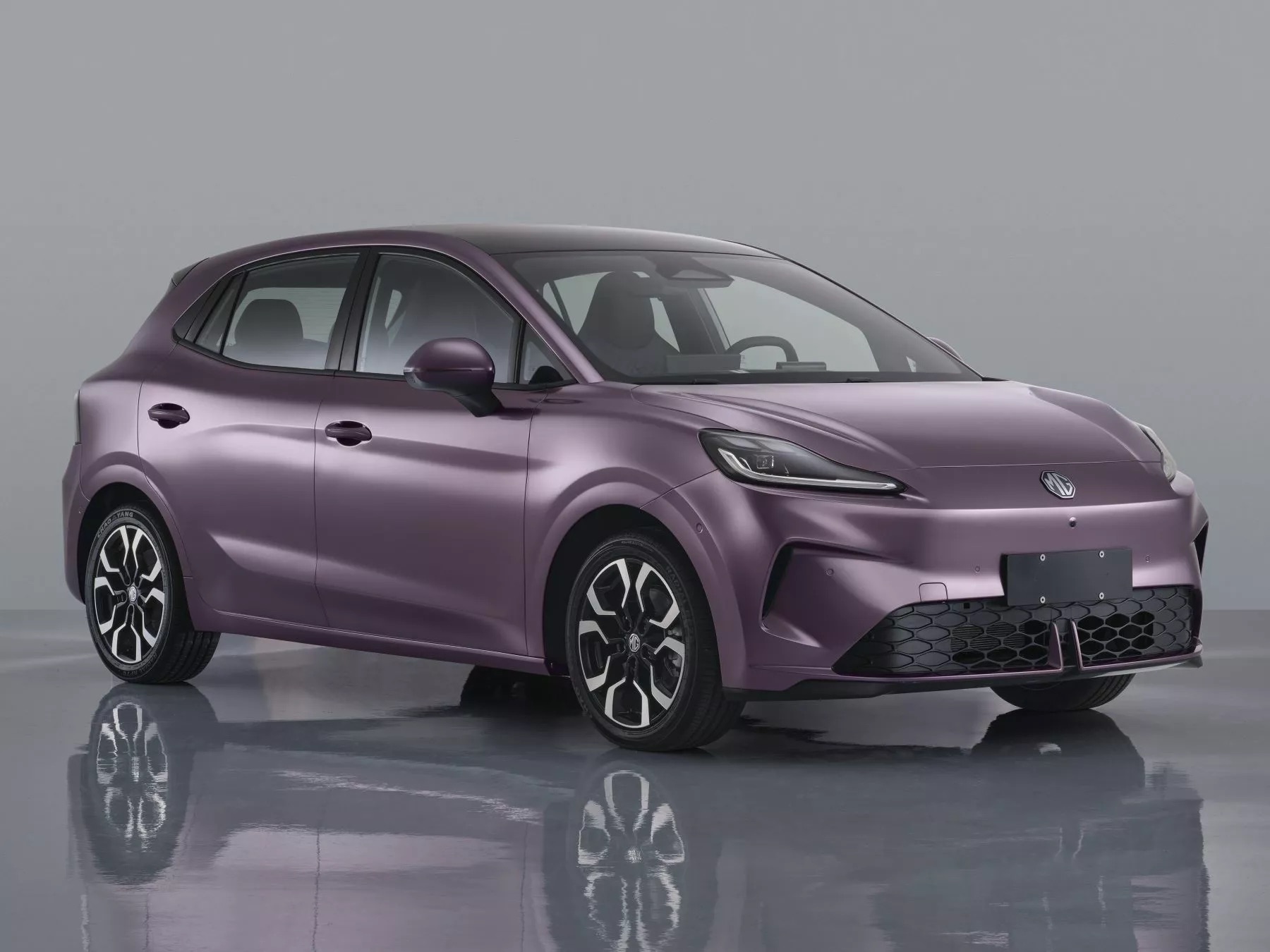As with previous new model introductions, Perodua offered the media a chance to get first impressions of driving the new Axia as well as provided more details of the specifications. The company has asked us not to write about the specs and features as it wants to them made public only when the car is officially launched on February 14.
However, we have been encouraged to share our brief experience with the new car (albeit a brief one) and also pictures of its exterior (which was camouflaged) as well as interior. Four variants will be available – G, X, SE and AV – and all will have the same powertrain.
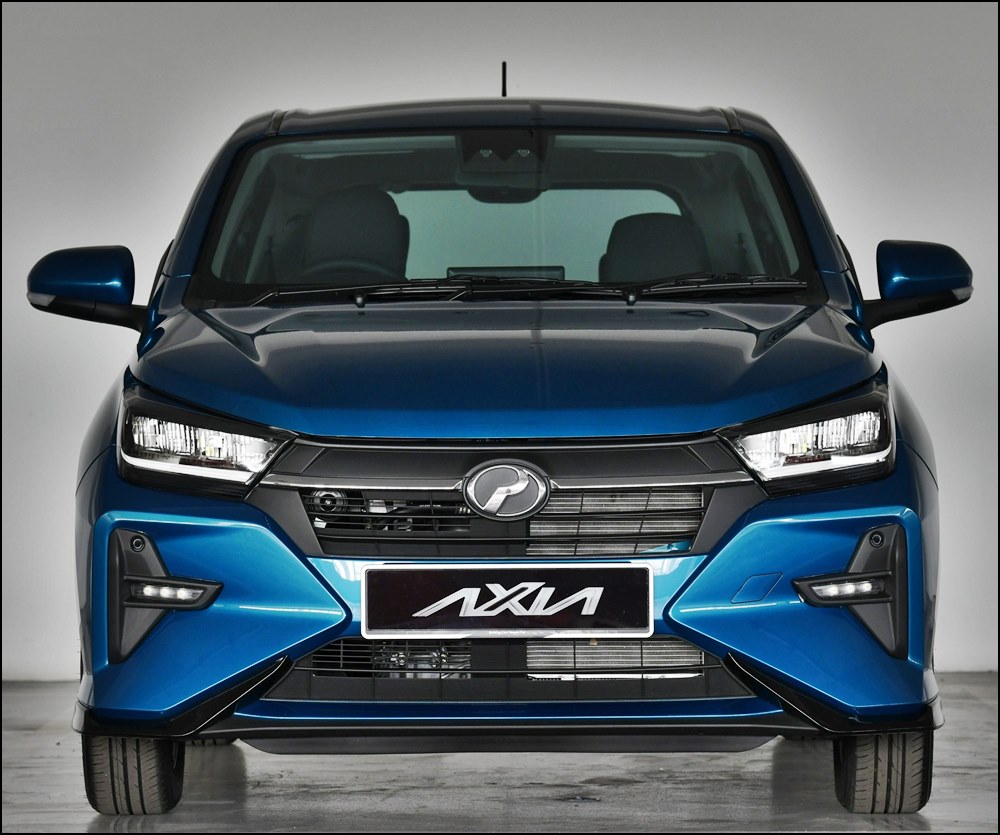
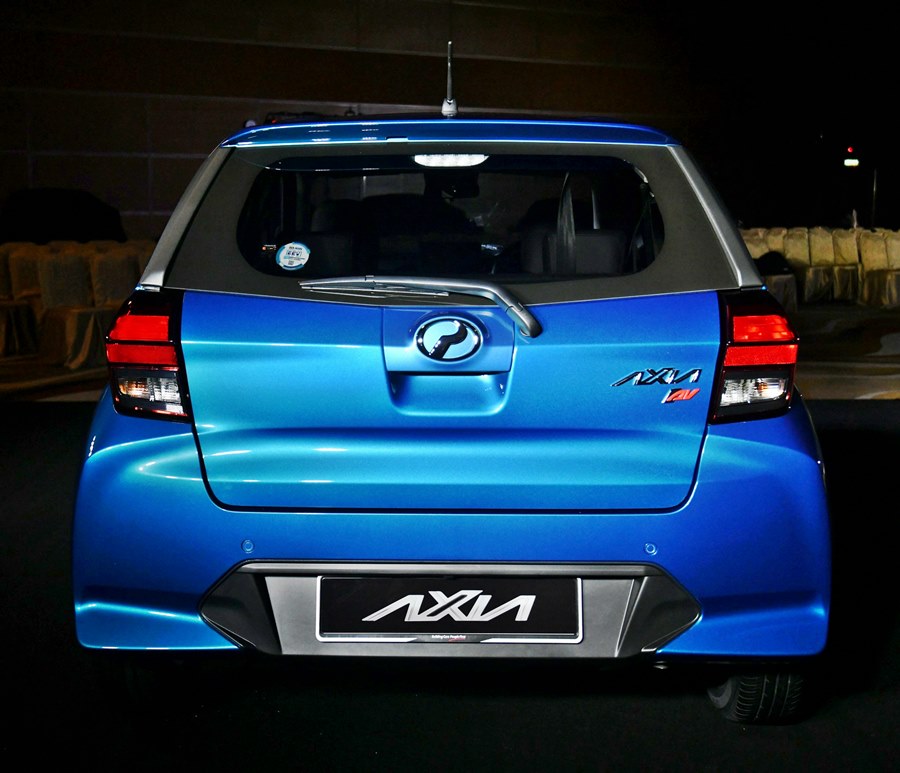
Although it seemed that there will no longer be a manual transmission option available, Perodua will still offer it – but in the outgoing model. To be called the Axia E, this variant will cater to driving schools and anyone who likes shifting gears themselves. It is expected to be quite cheap but is likely to be fairly basic too. Availability won’t be so soon and probably start during the second quarter of this year.
A major difference between the old Axia and the new one is DNGA – Daihatsu New Global Architecture. This is a platform and architecture which has been developed to be used for different types of compact models. It is light but very rigid and also optimized for manufacturing. When shared with different partners, it can form much of the structure and each brand can then design its own body on it. The new Axia is Perodua’s third model to adopt DNGA.


For the brief test-drive, the route was 8 kms long near KL International Airport. With the short time available behind the wheel, our impressions were limited. However, some of the improvements were apparent even during the short drive – like the more solid feel and stability which gave the car a more planted feel.
But one thing was still evident – that ‘motorboat sound’ which Axia owners would be familiar with. It’s characteristic of a 3-cylinder engine but in some cars, it can be masked by generous sound insulation measures. The Axia, being an entry-level model, has limited insulation so the sound tends to be more obvious (some might regard it as part of the car’s ‘character’!).
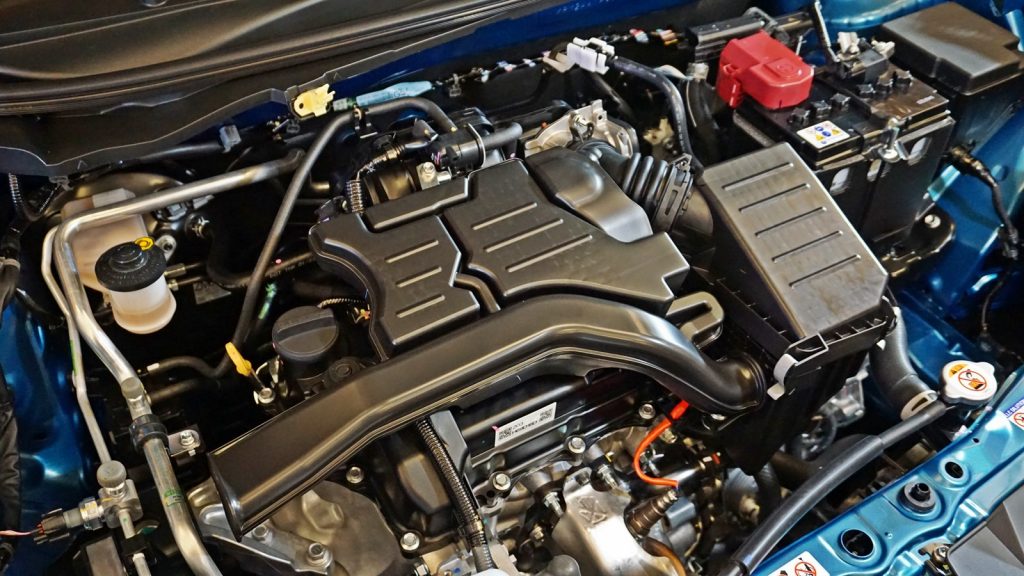
The 1-litre engine is the same unit as before (sorry, no turbocharged version as rumoured) and would have received improvements in various areas though there’s no mention of increased output which means it’s still 68 bhp/91 Nm. The car’s acceleration was about the same as before but the totally different transmission gave a smoother feeling with quicker transitions between ‘gears’.
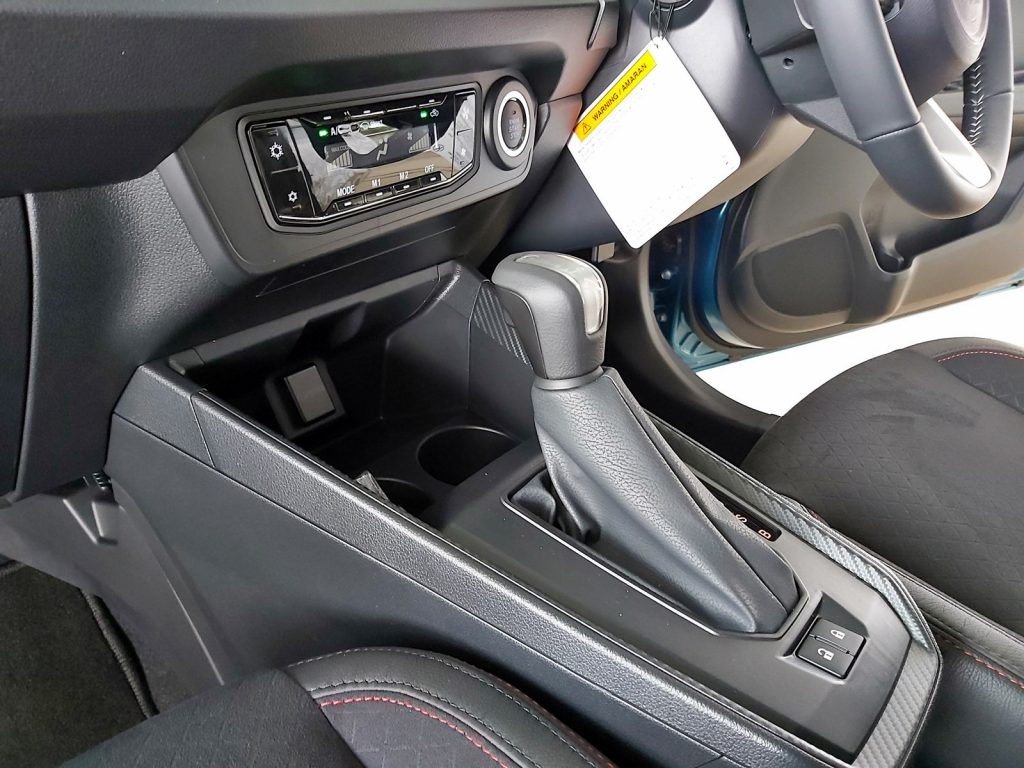
In place of the dated 4-speed automatic transmission that used a torque converter, Perodua is now using the D-CVT (Dual-mode CVT). CVTs are better for compact cars, especially when used in urban conditions and the 7-speed D-CVT is engineered for low mechanical loss by using gears as well as a belt drive. This increases transmission efficiency to benefit performance, especially fuel economy which is claimed to be 23.2 kms/litre (with use of ECO mode), 7% better than before.

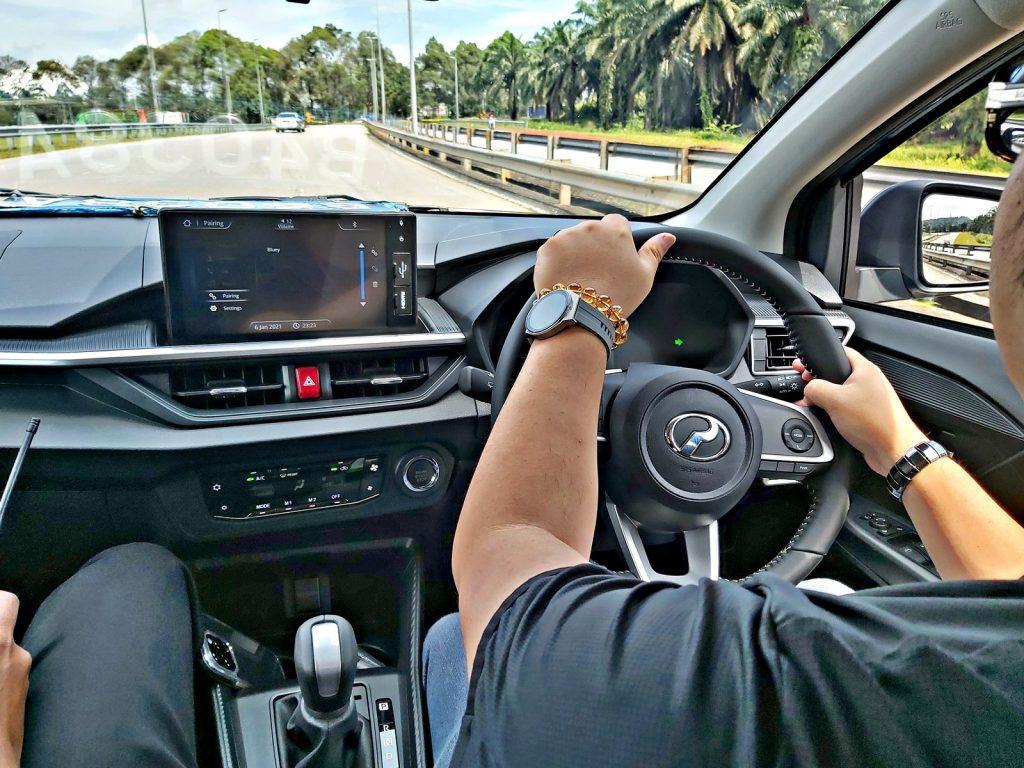
The route didn’t have many sharp corners so there was not much chance to find out about the handling. Some weaving at high speed did indicate that the car is fairly stable and doesn’t roll as much as the old model which was also rather light. Apart from architecture, DNGA also encompasses suspension geometry with optimized bush properties, springs and shock-absorbing characteristics.
Other things which we can comment on at this time are the slight increase in cabin size which puts a bit more space between the front passengers, rather than feeling too ‘intimate’. With the new dashboard design, there’s also a more open feel that takes away the sense of being in a small ‘box on wheels’. The seating position also feels better, a bit less cramped than before.
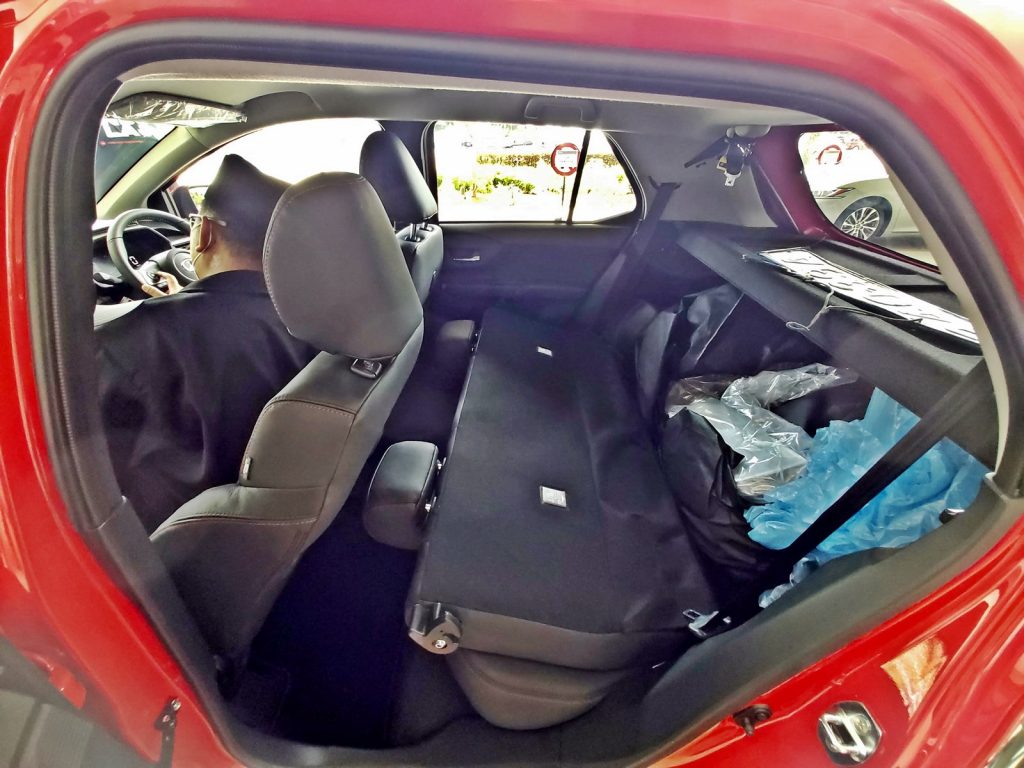
Rear legroom is also fairly good although headroom is unchanged. The rear backrest is a single piece which can be folded down to extend the boot area. But it requires unlocking latches on both ends which is a bit troublesome if you don’t have long arms. Perhaps a release strap can be provided that can release both sides together.
As with other models, the top Axia AV variant has all the goodies, with much of the dashboard features and systems like what you see in the Ativa and Alza. These include a 9-inch centre touchscreen and 7-inch TFT digital instrument cluster which can be configured in a few ways.
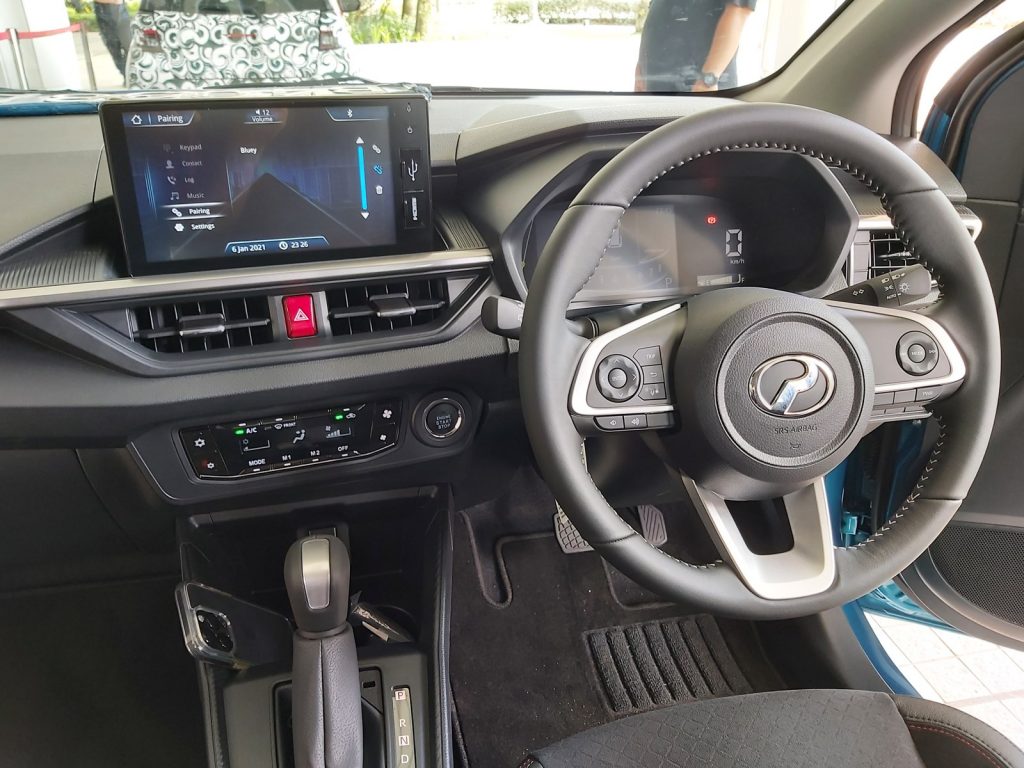
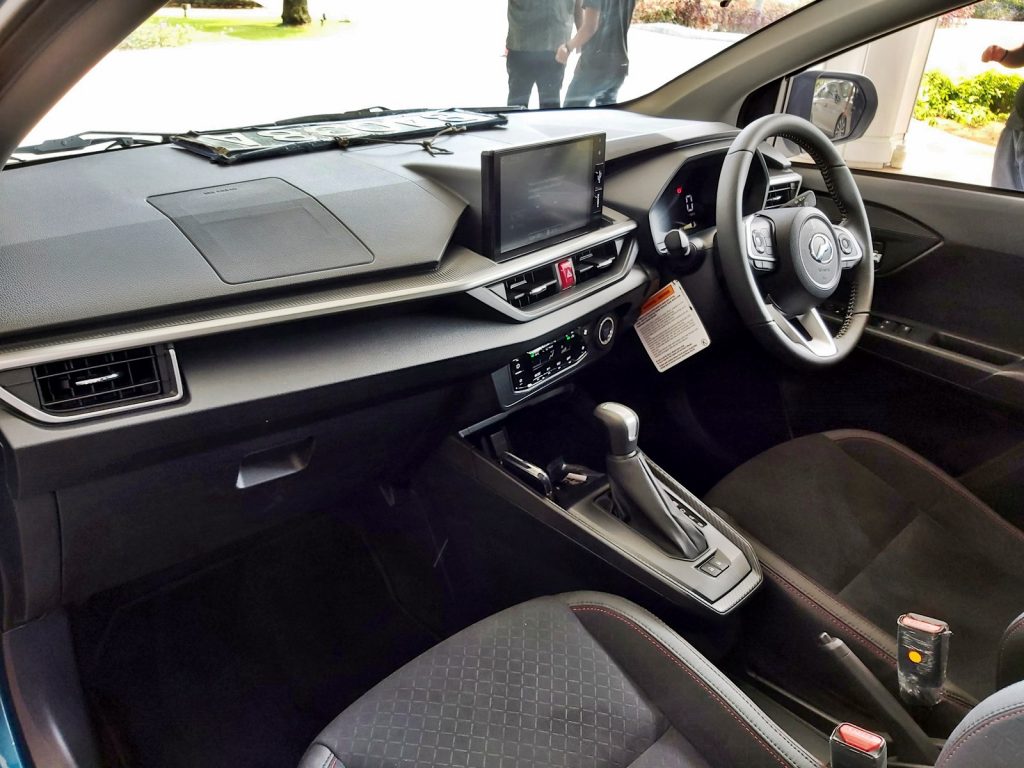
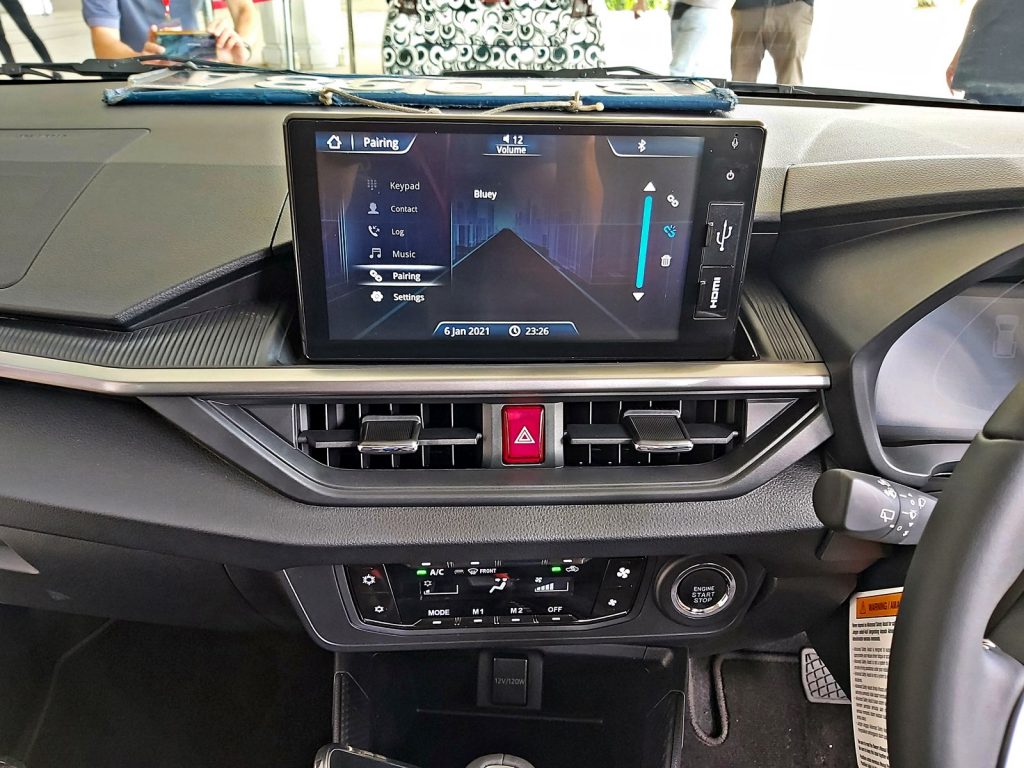
Switches on the steering wheel are common today and the Axia has them as well, making it easy for the driver to adjust some functions. In general, all the systems and switchgear follow conventional operating procedures so most people will be able to jump in and operate them instinctively. There are no unusual methods of operation (like what you find in the new generation of EVs) that are sometimes puzzling.
The Axia AV also comes with the complete package of driver-assist systems and up to 6 airbags, we’re told. These driver-assist systems – which are part of the Perodua Smart Drive Assist suite – are still expensive so Perodua can’t offer them in all variants just yet. As costs come down over time, they will begin to appear in lower-priced variants.
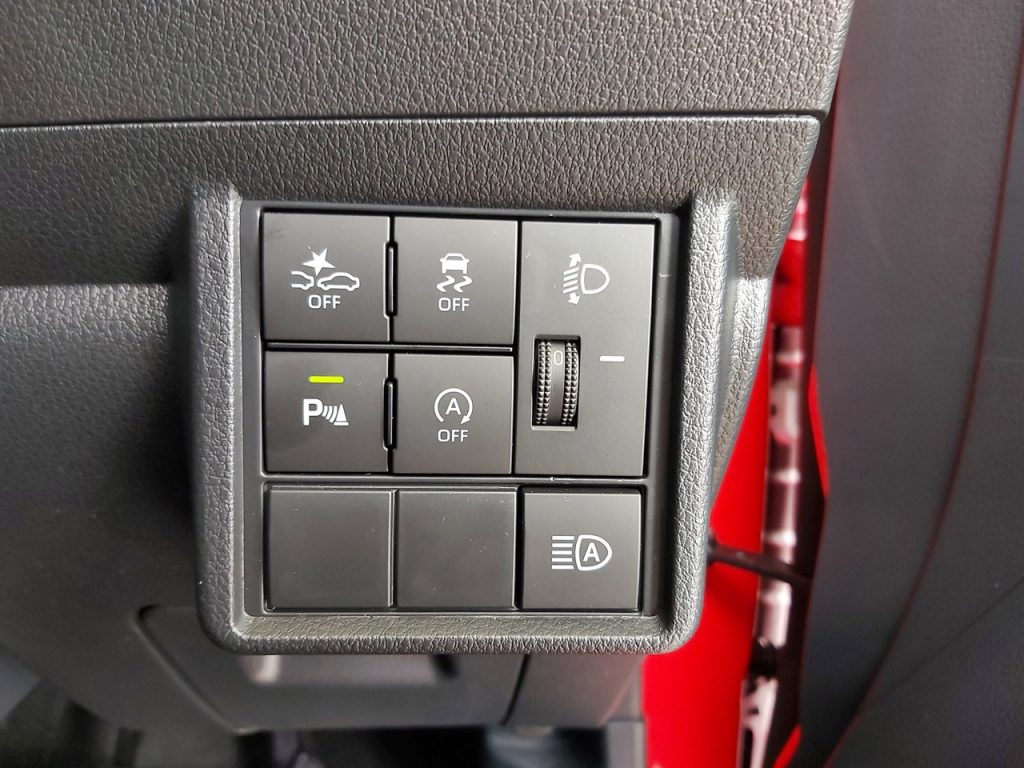
But what’s important is that all variants do have active systems like ABS with Brake Assist, Vehicle Stability Control, Traction Control and even Hill-start Assist. These were not available in the earliest Perodua models so you can see how far technology has come and how costs have fallen so drivers can enjoy more safety.
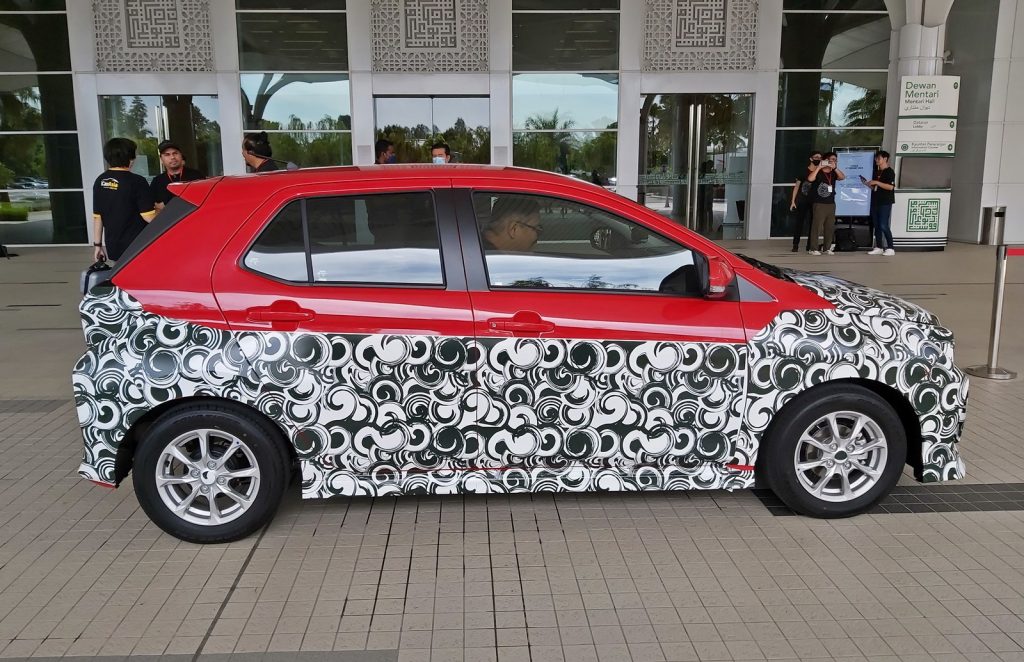
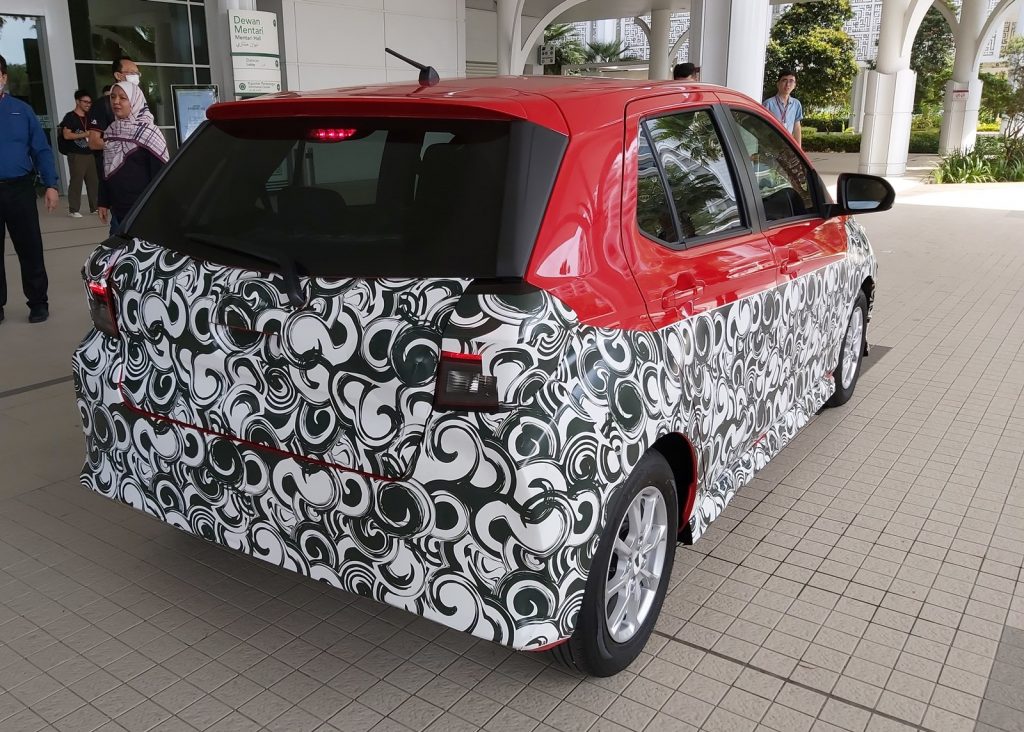
The pricing will range from RM38,600 to RM49,500 and although this seems a bit more than before, Perodua’s President & CEO, Dato’ Sri Zainal Abidin Ahmad, said that it should also be looked at from the perspective of a new model which is better value for money with the new features and technologies.
Dato’ Seri Zainal also said that the total number of units of first generation Axia produced was around 582,000 when production ended last month. There are still about 44,000 orders outstanding for the outgoing model and customers have been asked if they would like to switch to the new one, and many have agreed.
Bookings for the new model to date are more than 3,500 units and as is usually the case, the more expensive versions are popular. The Axia should become Perodua’s bestselling model this year since 25% of production will be of the new model.
Bookings can be made at any authorized Perodua dealer as well as online. To locate a showroom in Malaysia, visit www.perodua.com.my.





